The accuracy of light sporter rifles is often overrated, seldom underrated. However, a rifle that will group into 1½ minutes of angle is accurate enough for 90 percent of all big-game hunting and surely 100 percent of all scrub and woods hunting.
Very few hunters can shoot well enough to know whether his rifle is grouping in one minute or six, even from the relatively steady sitting position or a hastily assumed rest.
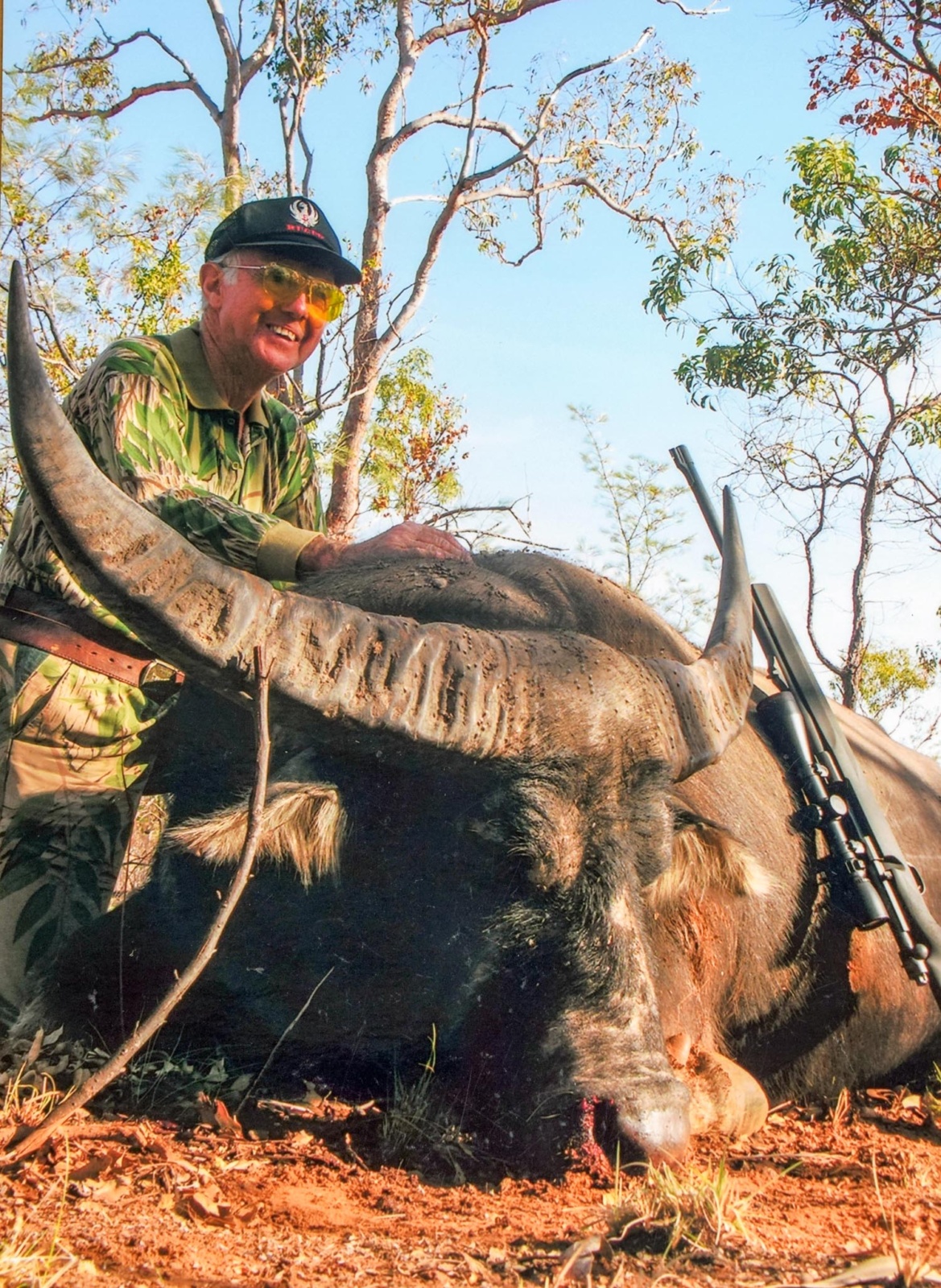
For almost any sort of big-game hunting, I doubt if even the best marksman would be much handicapped with a rifle that grouped into 2MOA.
On the other hand, I’ve seen many light sporters which, with good ammunition and a compact 2-7x or 3-9x scope, would regularly group into an inch from a benchrest at 100 yards. When I say many, I can actually recall dozens.
I once owned a Winchester Model 70 in .375 Weatherby Magnum with a 4x scope which shot a number of 1½-inch 5-shot groups at 200yd. Owners of .375 Magnums need this kind of accuracy about as much as they need a guide who can’t find game, but it’s a confidence builder.
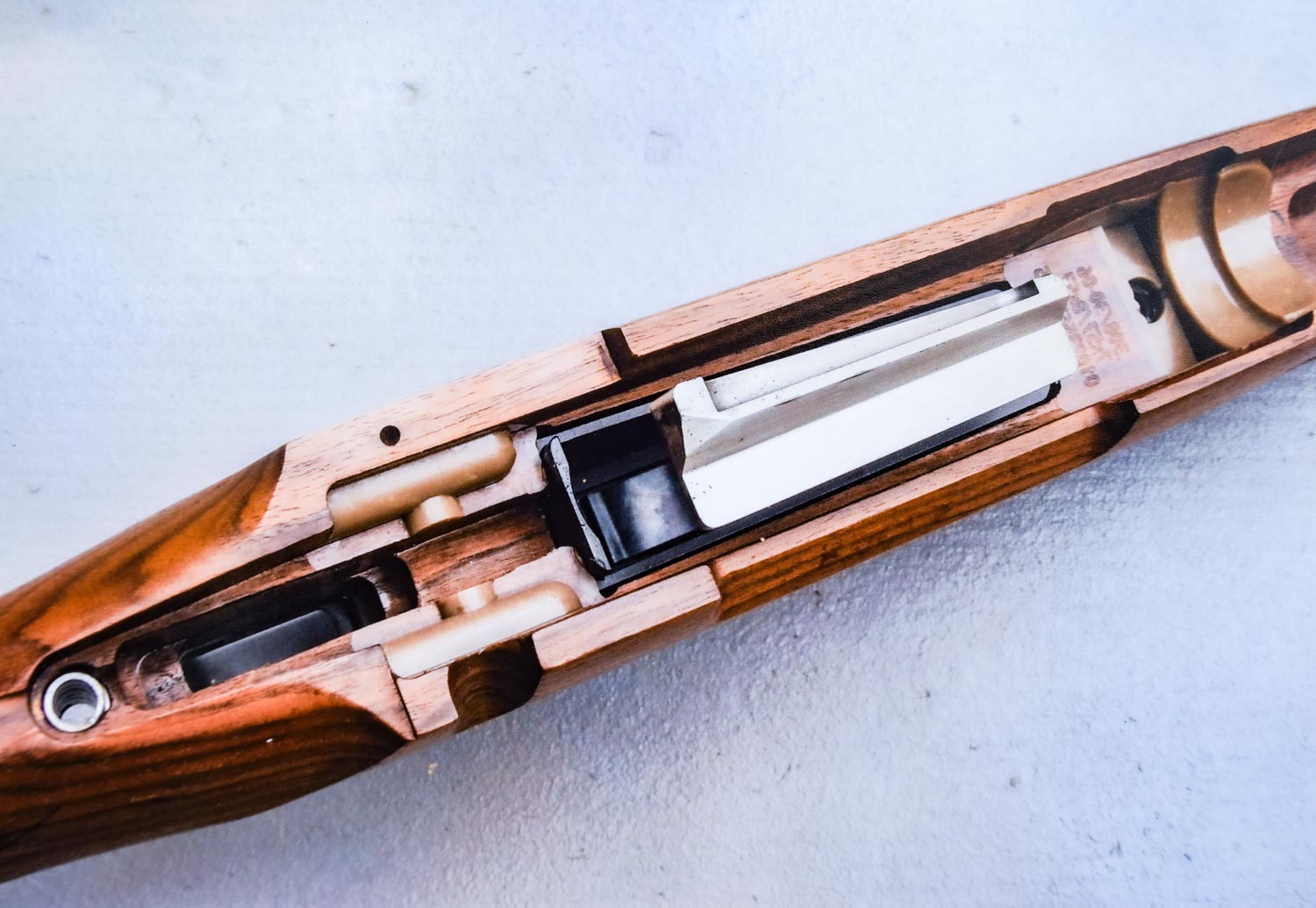
Since then I’ve played around with several light sporters, including a .240, a .270 and a .300 Weatherby Magnum. Them, in front of witnesses, I shot groups that ran from one-quarter to one inch.
Today, there’s no shortage of light sporters that will group into 1MOA or a bit over, even among economy-class factory rifles like those put out by Howa, Sauer, Mauser, Mossberg, Savage and others.
Rifle accuracy is a good deal better than it was a couple of decades ago.
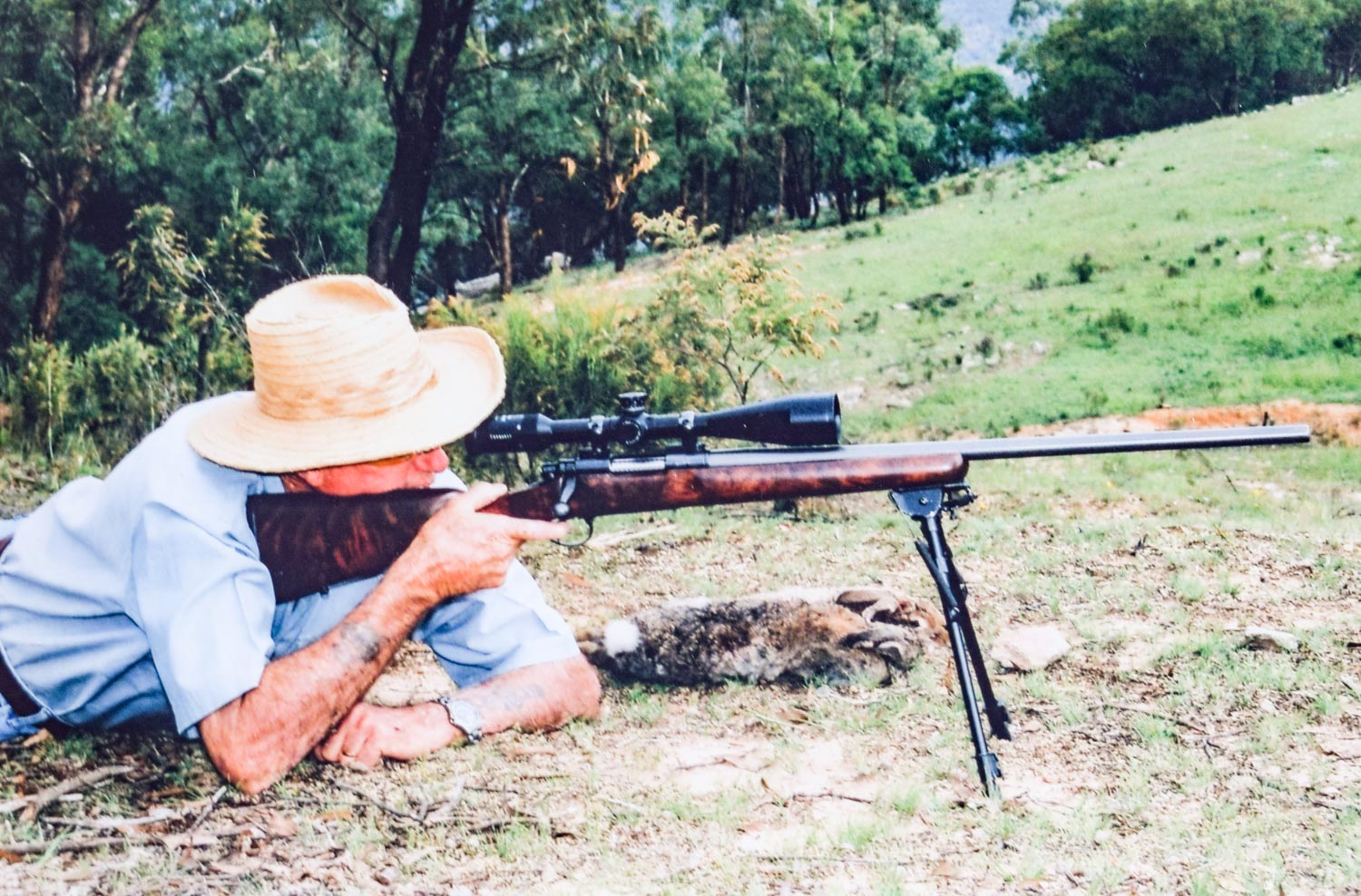
Bullets are better for one thing. So are barrels. The type of steel now being used is not only superior, but more uniformly drilled and honed and stress relieved, thus it is less likely to warp during manufacture, whether it is button rifled or cold hammer forged.
Barrel weight has little to do with innate accuracy. A heavy barrel is easier to hold steady; it is less sensitive to variation in stock pressure; heats up more slowly; it tends to hold point of impact better, because its vibrations are more uniform.
Yet a properly bedded light sporter can produce some very impressive accuracy when fed fodder that agrees with it.
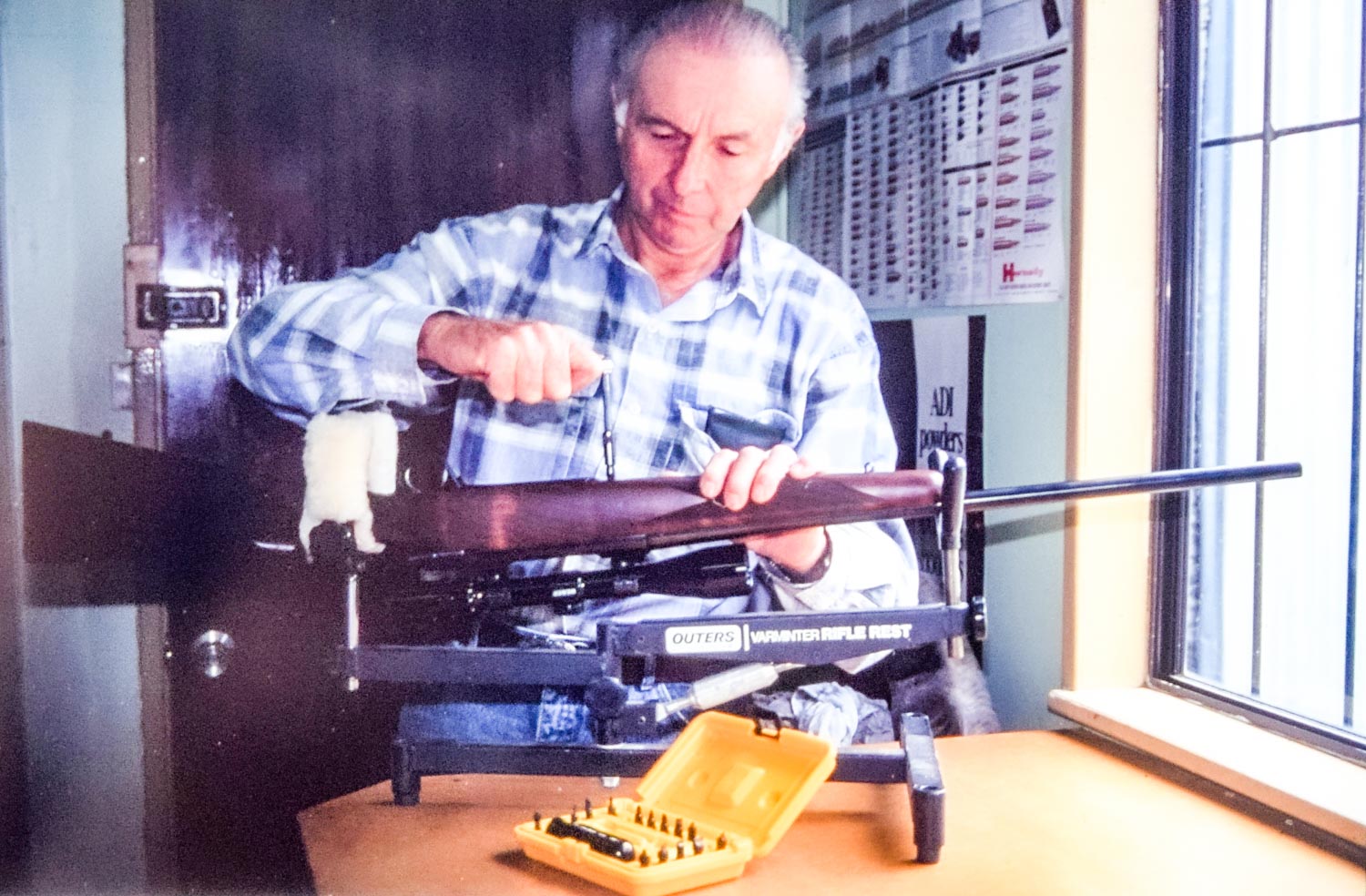
Most shooters are prone to think that a rifle barrel is rigid. Actually, a sporter-weight barrel flaps up and down like a shirt tail in a breeze as the bullet travels down it. Uniform barrel vibrations are necessary for an accurate barrel.
The way a light sporter shoots is largely dependent on how well the barrel and action have been bedded into the stock. The entire receiver should be tightly bedded, and lie square, be under no strain.
Bottom surfaces of the receiver adjacent to the guard screws must also bear evenly and firmly in the stock. The recoil lug should be in full contact with the face of the recoil shoulder in the stock. No sporter will shoot well unless this bearing is perfect.
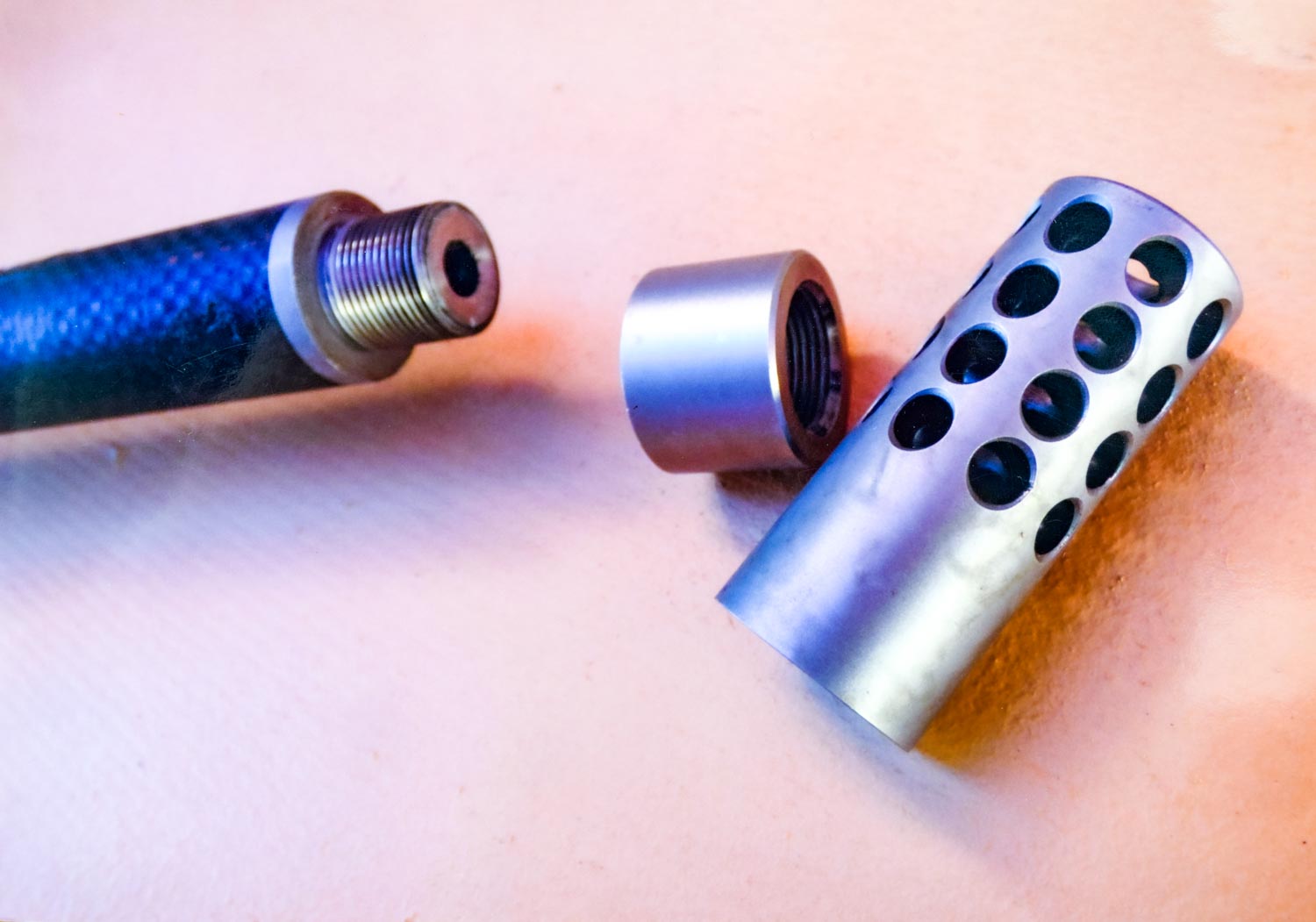
In recent years shooters have discovered that rifles give the best accuracy when the barrel doesn’t touch the forend. Free-floating has proved quite effective with both sporting and target rifles.
A good rifle with a uniform barrel precisely chambered and bedded will produce good accuracy with any reasonably good bullet and any reasonably sensible load.
To shoot well wood-stocked sporters must have bedding jobs that are exactly right, and the walnut must be thoroughly dry and properly cut.
I’ve noticed that when a rifle shoots poorly — 2-3 inch groups at 100yd — the fault is nearly always in the barrel or the bedding. When it shoots very well — into 1-1½ inches — you can often tighten up the groups by trying different bullets, and different charge weights of various kinds of powders.
The bullet is probably a greater factor in accuracy than the powder charge. The finest barrel won’t deliver its best accuracy fed poor bullets.
Light sporters usually do their best grouping when fired slowly enough so their barrels don’t get too hot to touch — and that’s one reason why for a long string, a heavy barrel will outshoot a light one.
As a barrel heats up, it expands, and unless it is free-floating and does so uniformly, it may contact one side or other of the stock, making it shoot to one side or the other.
But what happens when the barrel gets smoking hot shouldn’t worry the big game hunter at all. He doesn’t have to wipe out a herd of animals. He shoots one or two times, and that usually is enough to get the job done. Actually, the big game hunter should be more interested in a one-shot group – meaning where the rifle always puts that first shot from a cold barrel.
Nor does the varmint hunter need to judge his rifle by what it’ll do in the way of a 10-shot group with the last five shots fired from a hot barrel. Taking slow, deliberate shots at distant rodents, his barrel never gets more than warm, and he should judge the accuracy of his rifle by a three-shot group.
Don’t sell the light sporter short. If you find that yours won’t group better than 2-3 inches at 100yd, chances are it needs a little tinkering with.
Chances are that when any well-made bolt-action rifle doesn’t shoot well, it’s because of faulty bedding and not because of you are using factory ammunition.
Of course, there are many other reasons for inaccuracy. Loose scope mount or loose action screws, parallax in scope, a bullet that’s incompatible with the barrel, too much or too little of the wrong kind of powder, erratic ignition, cartridge cases that need trimming, low or high spots in the bore, metal fouling — the list goes on and on.
But in most cases, you should investigate how well or how poorly the barrel and action are fitted into the stock. A little experimenting will often work wonders.
A tip: usually a correctly bedded rifle groups well when no tension is felt in tightening the front guard screw until the last turn or two.

These days if I purchased a sporter rifle that didn’t shoot 3 shots under 1 inch at 100 yards I would return it. I like to shoot head shots.